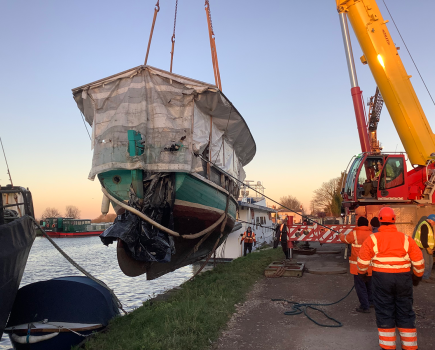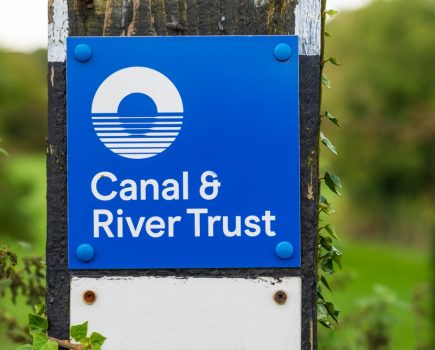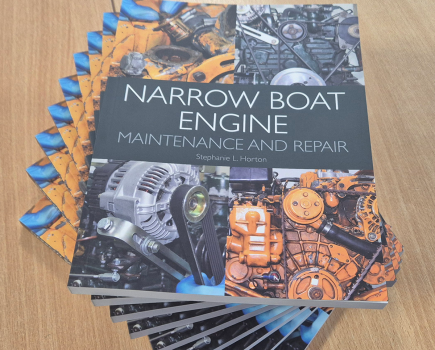How the canals are preparing for the UK’s new high speed railway

As planning for the HS2 high speed railway continues and construction work for the first phase of the new line gets under way, the impact of later stages on the waterways system remains a concern – but at the same time, one enterprising specialist canal contractor has produced a report into how those building the railway can make best use of waterway transport.
If completed according to current plans, eventually the railway will come into contact with waterways at no fewer than 50 points. Phase 1a (on which initial work has begun), linking London to Birmingham and to the existing rail network near Lichfield, will cross canals includinh the Grand Union at Denham, the Oxford summit, and the BCN Digbeth Branch on the way into Birmingham – and some changes to reduce the impact on canals in the Fradley area have already been incorporated thanks to input from the Inland Waterways Association.
Phase 2a, which will extend this to Crewe, will have further impacts on the Trent & Mersey in the Great Haywood area: the parliamentary bill is expected to bee passed later this year, but an official petition has been lodged by an HS2 Steering Group launched by the Canal & River Trust calling for extra mitigation works (if they can’t be negotiated in the meantime). This will be followed by a bill (probably in 2020) for Phase 2b, linking to the North West and Yorkshire, with 20 waterway ‘interfaces’ including the Middlewich Arm, Trent & Mersey, Bridgewater, Coventry and Erewash canals, the rivers Don, Trent, Aire and Calder, and the Chesterfield and Ashby restorations. The Steering Group is continuing discussions with HS2 concerning reducing the impact.
CRT is urging waterway supporters to talk to their political representatives about the need to “ensure that HS2 takes account of the special nature of our inland waterways”, respond to consultations, consider lodging petitions if “directly or specially affected”, and to be “eyes and ears on the cut”, letting CRT now of any concerns about what HS2’s contractors are doing, and “helping ensure HS2 keeps its promises”.

But it isn’t all about possible negative impacts: Rothen Group, canal contractors (see our feature in the April issue) have seen a part that the waterways could play, and produced a report encouraging those working on the new line to take advantage of the opportunities provided by the canals by using floating machinery and workboats for transport.
It’s tempting to draw parallels with the mid-19th Century, when a number of canals saw their busiest ever freight traffic as they carried the materials for the new railways which once completed threatened the canals’ future trade. But the Rothen report points out “the only way to reach some sites and to start the construction phases of the project will be to utilise the waterways,” and that access issues include:
– Safeguarding historic or protected sites from deterioration
– Replacing high voltage cables along a towpath with weight restrictions
– Negotiating narrow, height restricted and awkward access sites to transport and take away building materials
The report then suggests that “with the right marine plant equipment and expertise, the UK’s canals and waterways can be used very effectively as a means for enabling and constructing the HS2 rail network,” with floating plant avoiding weight restrictions and damage to towpaths, and barges used to take away spoil and bring in materials – and that it can be done with minimal disruption to leisure traffic and in a more environmentally friendly way than land transport.
Image(s) provided by:
CRT







